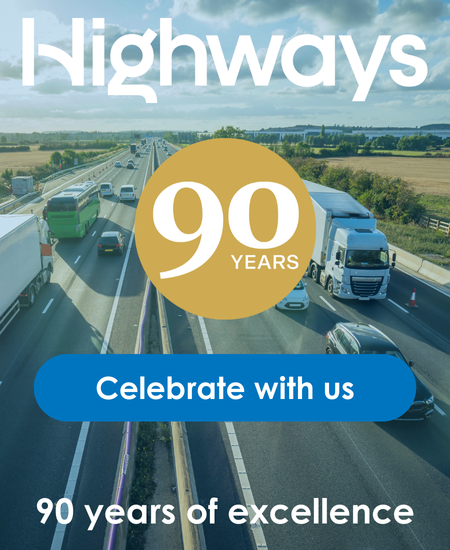The report includes analysis of crashes on the British network of motorways and A-roads outside urban cores.
Road Safety Foundation chairman, Lord Whitty said: “A lifetime of care for a single trauma victim can cost more than £20 million. This report identifies the authorities with high costs from road crashes, and shows how risks can be reduced and lives saved with economic returns that are higher, quicker and more certain than from most projects competing for funds.
“We can now identify roads where risk is 20-times higher on some roads than others; and regions where the risk of death and serious injury on the main roads might be twice that of another.”
Key findings in the report include:
- For the first time, the South East is the area with highest rate of death and serious injury on the network
- In the South East, risk is over 80% higher than the risk for the network in the West Midlands, the English region with the lowest rate of death and serious injury
- The cost of road crashes in Hampshire, Kent and Essex each exceed £0.5 billion over the three-year data period 2012-14
- England’s most improved strategic road is a 13km section of the A1 near Newcastle
- The largest single cause of death is running off the road (29%); the largest cause of serious injury is at junctions (33%)
- An estimated 2% of total GDP is lost in road crashes
- Highways England handles the biggest single crash costs of any authority: £2.1 billion over the three-year period
- Report calls for government to boost the economy by investing in proven measures to deliver safer infrastructure and tackle unacceptably high risk roads
This year’s Foundation report, which is entitled ‘Making Road Travel as Safe as Rail and Air’, highlights the regions with the highest risk roads. It lists persistently high risk roads with little or no change, and highlights the modest actions by authorities on the 10 most improved roads that led to local falls in serious crashes from 168 to 53 (-68%).
This year’s most improved road is the A227 between Tonbridge and the A25 near Borough Green. Kent County Council is responsible for this road, and has introduced a routine maintenance regime. In addition to a signing and lining package, there are yellow backed signs in hazardous locations, good use of double white lines, speed limit roundels and road safety education packages.
Two roads have moved from the highest level of risk (black):
The A809, this year’s fifth most improved road, was the highest risk road in Scotland in the 2012 and 2014 Performance Tracking results. A series of measures has improved the A809 – in particular, visibility for drivers, by ensuring a high standard of signing, lining and road studs and by removing roadside hazards. Vehicle activated signs and high friction surfacing have also been implemented.
The A537 between Macclesfield and Buxton (“The Cat and Fiddle Pass”) once topped the ‘persistently higher risk roads’ tables regularly in the annual Performance Tracking results. Last year, the road featured for the first time in the table of ‘most improved roads’. The measures that were implemented by the Cheshire Safer Road Partnership and Cheshire East Council (formerly Cheshire County Council) have enabled the road to have significantly improved between 2009 and 2014. These include the implementation of motorcycle friendly barriers and average speed cameras. The road reduced from a significantly high level of risk to a medium-high risk.
England’s most persistent high risk road is the A285 between Chichester and Petworth in West Sussex. It is a rural, winding road located within the South Downs National Park. It is popular with motorcyclists who account for 39% of crashes causing death or serious injury. Half of the crashes causing death or serious injury occur from running off the road.
In previous reports the roads listed were concentrated in the North West and the East Midlands regions. However, roads in the South East of England now account for five of the 10 roads featured.
The report also shows analysis and maps for Highways England, the corporation responsible for England’s strategic roads. The company’s stated goal is to bring the number of people killed or injured on the network as close as possible to zero by 2040. This goal is matched by immediate, measurable reductions in risk levels it must achieve by 2020 to satisfy its regulator.
Highways England plans to address the high risk roads on its strategic road network – some that have been on the list for years – with focus on its busy single carriageways.
Highways England’s highest risk road is the 23km stretch of the A21 between Hurst Green and Hastings. The road is entirely rural and passes through several villages. In this year’s report, the road is medium-high risk, with crashes concentrated at junctions and bends.
Lord Whitty continued: “Highways England plans to address the long ignored high risk roads on its strategic road network, not least its busy single carriageways. Plans now need to be prepared and turned into action. The section of A21 identified in this report in particular is the highest risk road on the English strategic road network.
“All the persistent high risk roads identified in this report have rates of death and serious injury that are unacceptable. Some have been on the list for years. For the government’s new safety strategy to succeed, it must help remove the cultural and institutional obstacles that permit this chronic loss of life to continue.”





